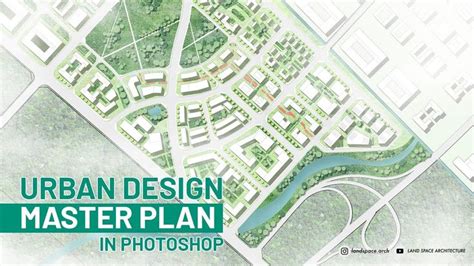Imagine you could predict where every shadow will fall, for any given date and time, across the entire globe. It sounds like science fiction, but it’s fast becoming a reality thanks to an innovative new tool that maps the shadow of every mountain, building, and tree. This marvel of modern technology, built over four years of dedication, uses a blend of publicly available elevation data, crowdsourced contributions from OpenStreetMap, and cutting-edge machine learning techniques to estimate tree heights from satellite imagery. The result is a comprehensive shadow map that offers a striking visual representation of the interplay between sunlight and the built and natural environment.
For urban planners, architects, and environmental enthusiasts, this tool is nothing short of groundbreaking. One user pointed out its practical everyday applications, such as deciding where to park to keep a car cooler in summer. The ability to harness such precise shadow data means that solar panel installers can now better estimate the solar exposure of different spots throughout the year. This not only helps in maximizing energy capture but also aids in planning the optimal layout of solar panels. Imagine integrating this tool with platforms like PVGIS for solar project planning — the potential is immense.
However, as with any pioneering project, there are limitations and room for improvement. One user noted that smaller or lesser-known buildings might not have accurate height data, making some shadow predictions less reliable. Furthermore, shadows of dense wooded areas and forests might not be depicted with the same accuracy as urban structures. This is an expected hurdle given the variability and density of foliage, which can change rapidly with seasons and environmental conditions. For instance, as another user pointed out, the OpenStreetMap data can be quite coarse when it comes to capturing building heights, often lacking the granular detail needed for perfect accuracy.
Interestingly, the tool has found a diverse range of applications beyond just urban planning and solar energy. Photographers can use it to pre-visualize scenes and plan shoots according to the position of shadows, ensuring they capture the perfect lighting conditions. Additionally, this tool can play a crucial role in enhancing pedestrian safety by mapping shaded routes that might be safer to walk during hot weather. As a user whimsically noted, GPS systems could someday use this data to navigate people through the shadiest paths, granting them respite from the blazing sun.
Despite its current limitations, this shadow mapping tool represents a significant step forward in our understanding and visualization of spatial data. By integrating various data sources and utilizing machine learning, it provides a detailed and dynamic perspective of our world that is both useful and fascinating. For those involved in urban design, environmental planning, and sustainable architecture, this technology is a game-changer. It is a reminder of how innovative uses of data can transform our approach to solving real-world problems, making our cities smarter, safer, and more responsive to our needs.


Leave a Reply